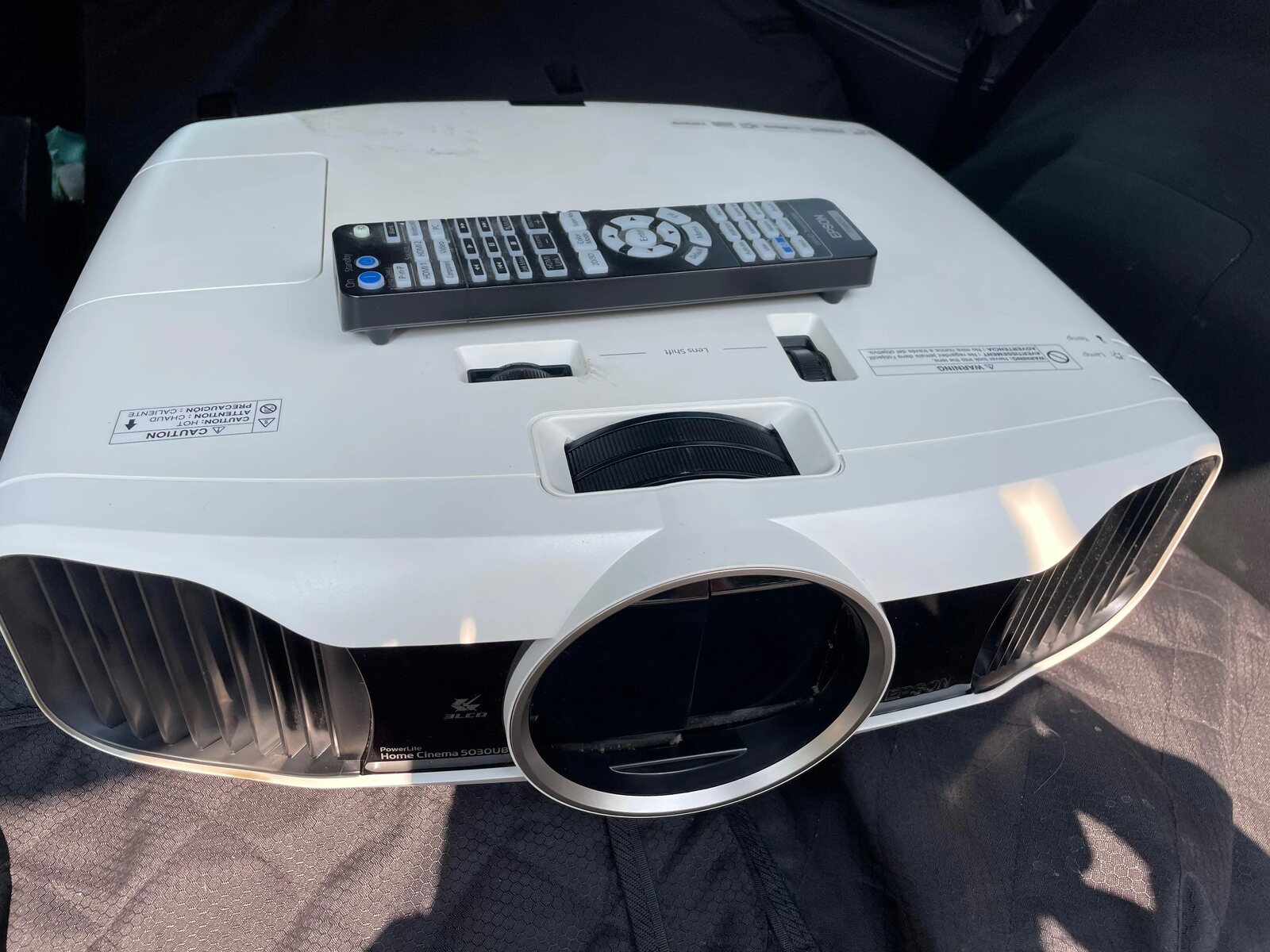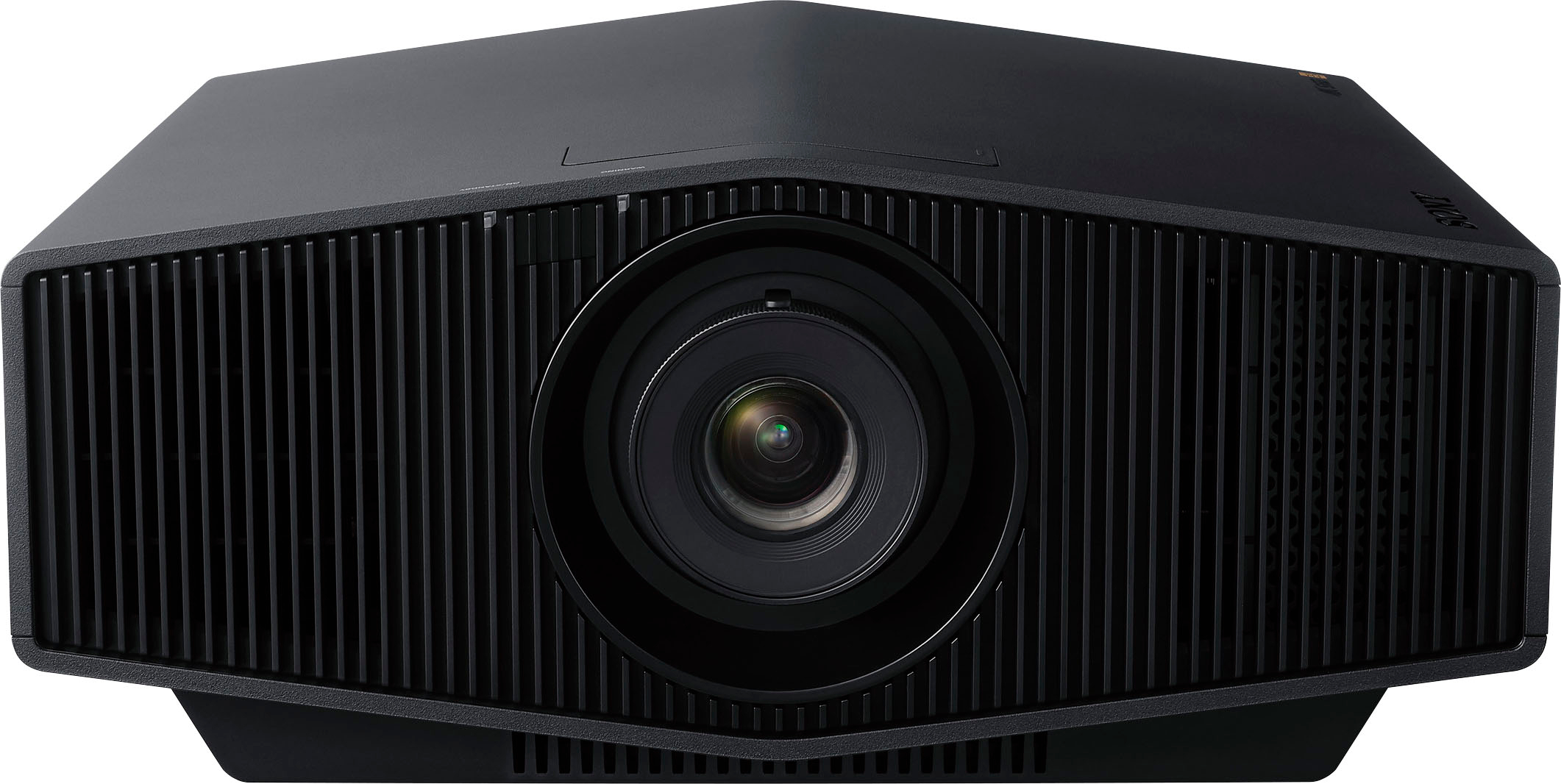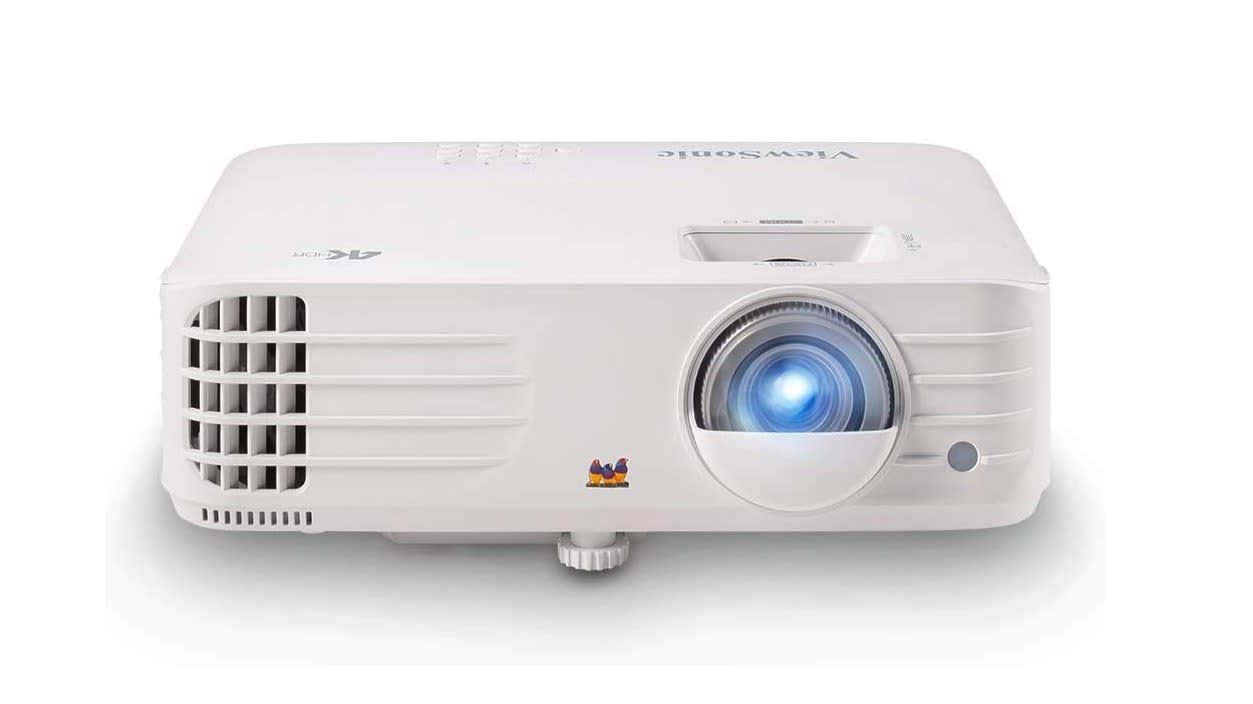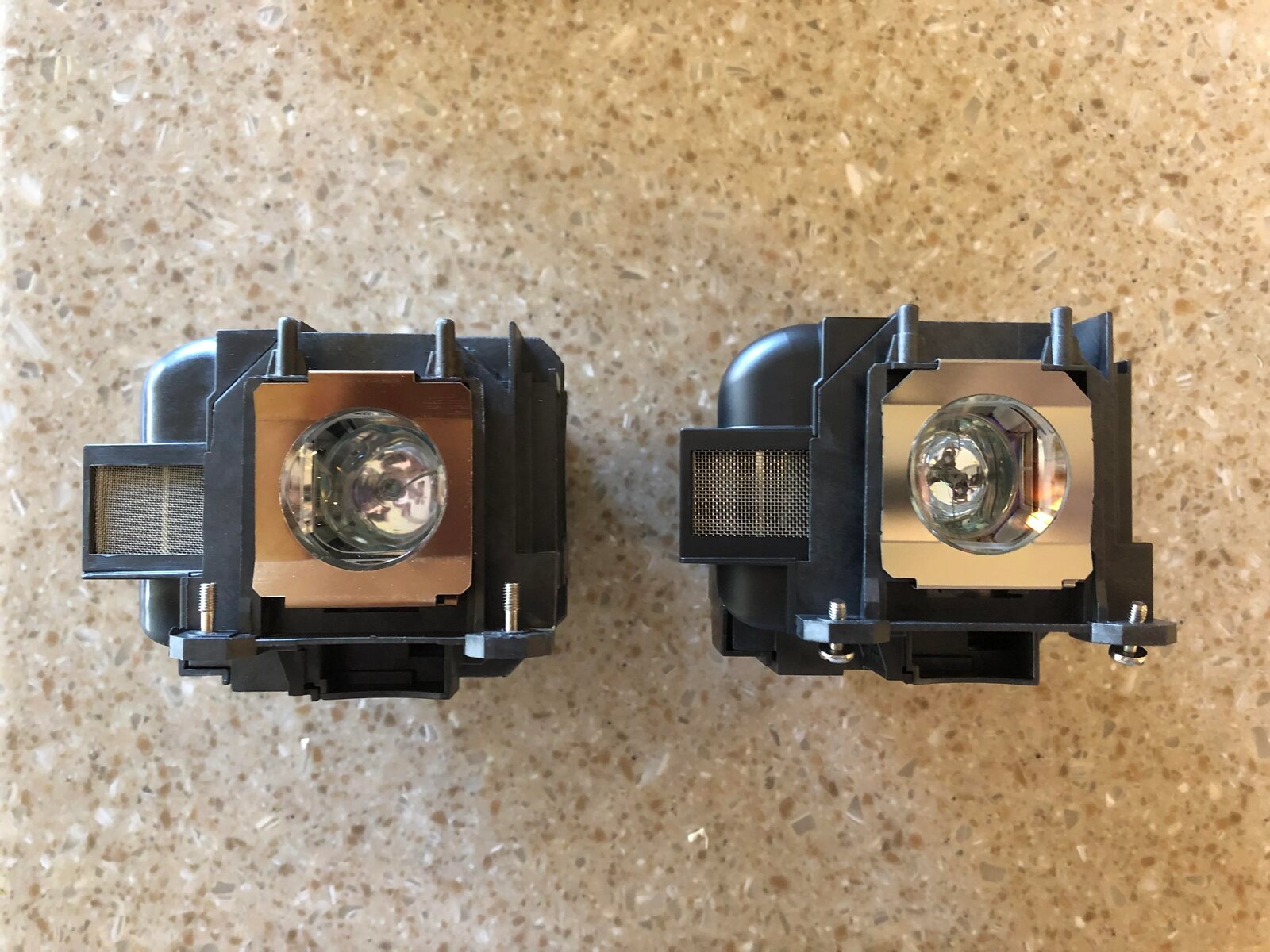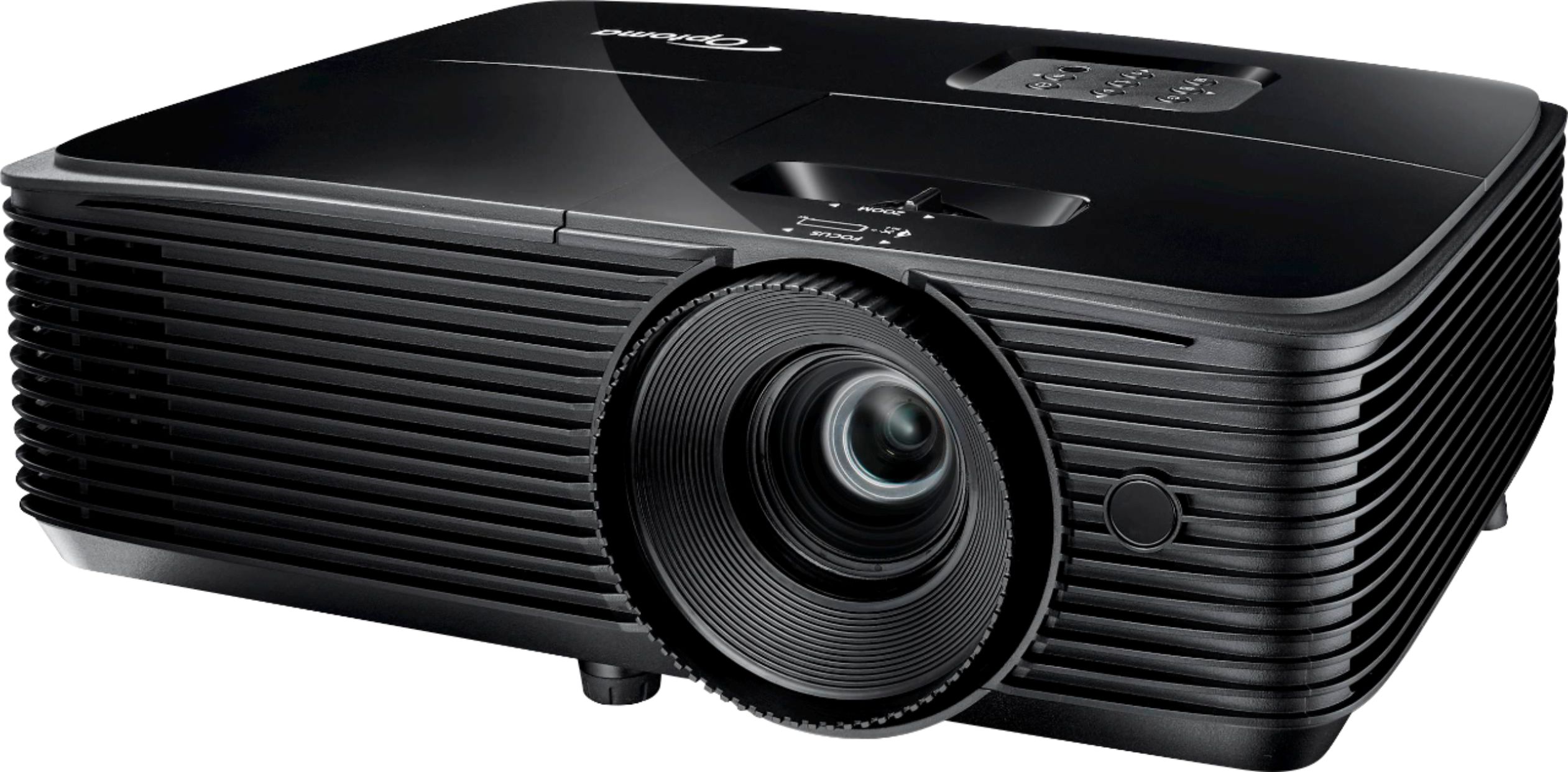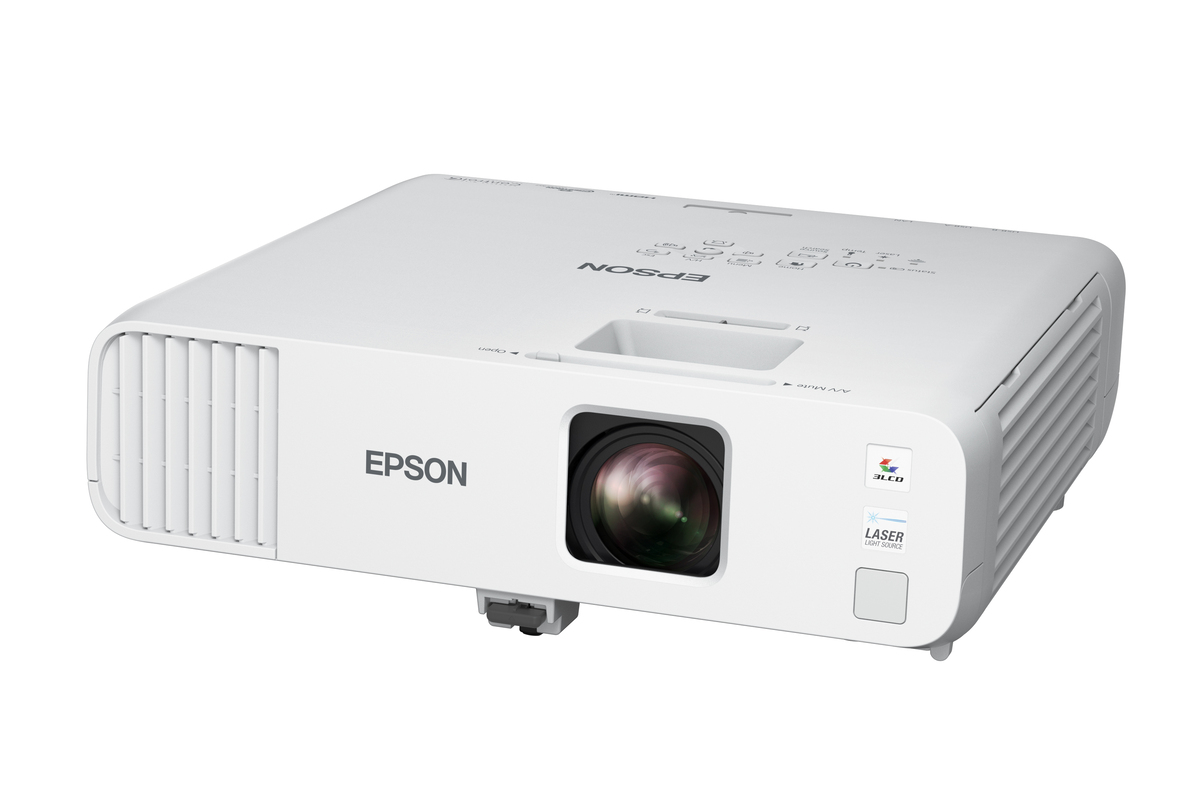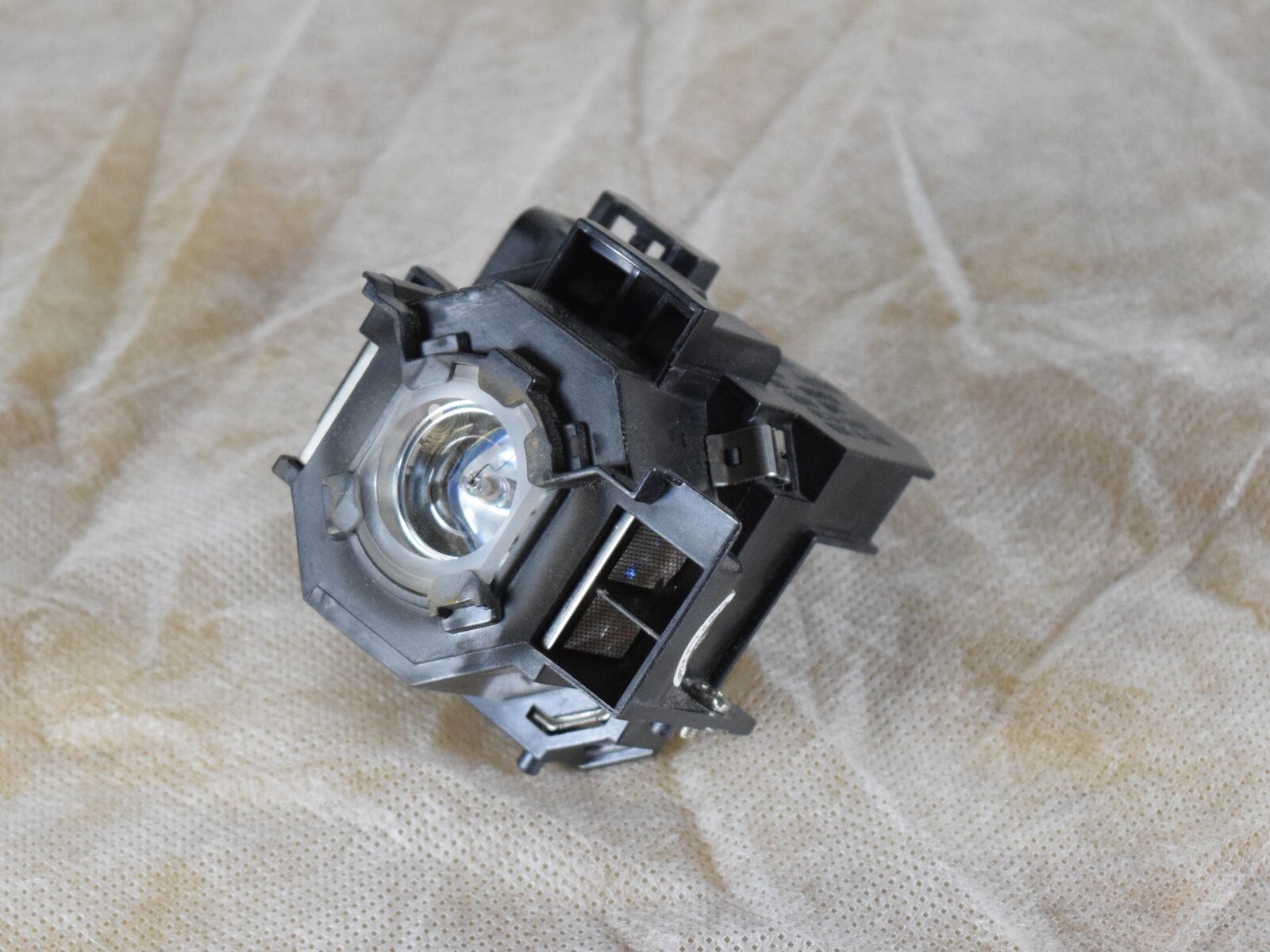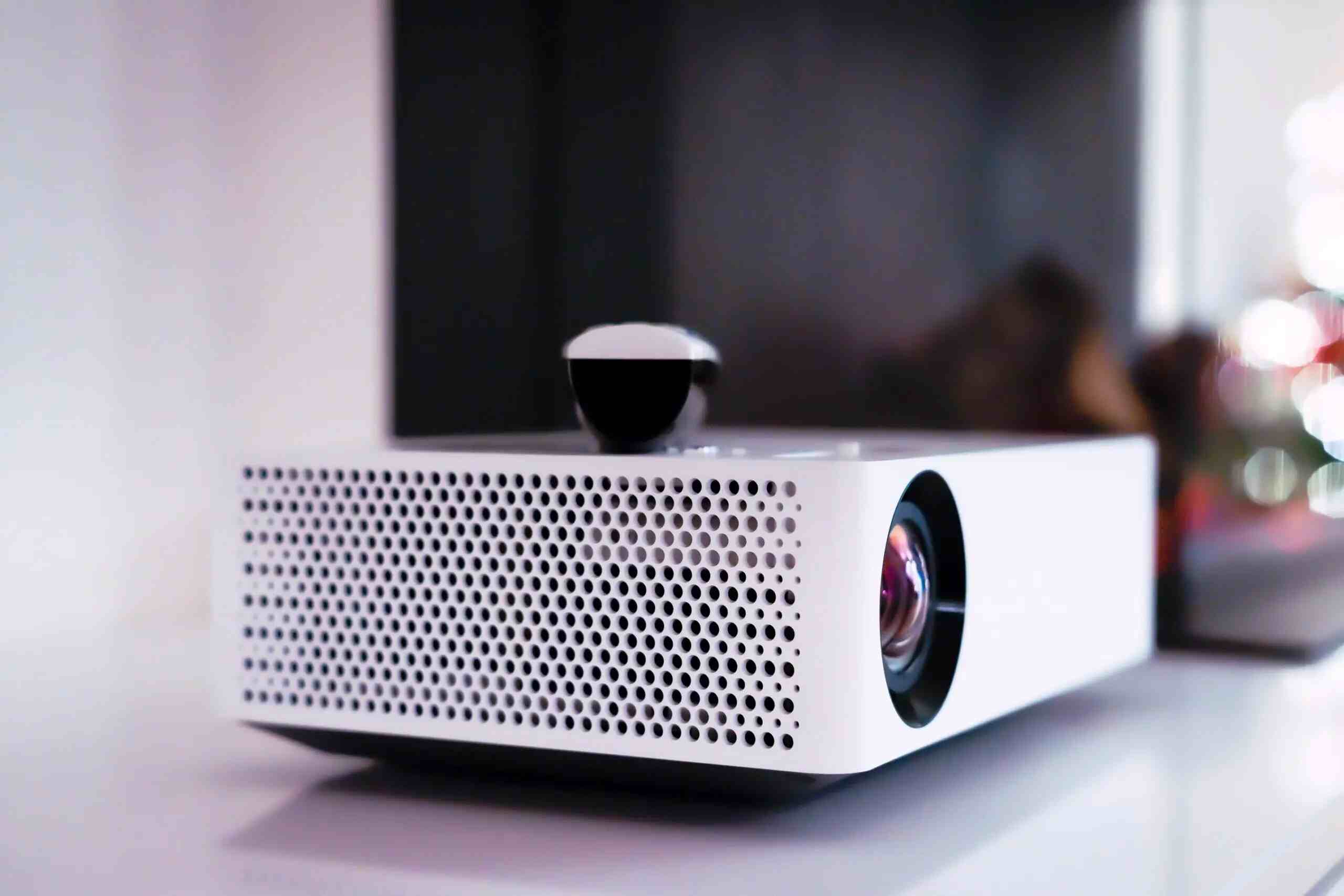Introduction
Welcome to our comprehensive guide on projector bulbs and their lifespan. Projectors have become an essential tool in a variety of environments, from classrooms and conference rooms to home theaters. The lifespan of a projector bulb is an important consideration for anyone using a projector regularly or planning to invest in one.
Projector bulbs, also known as projector lamps, are the heart of the projector, as they emit the light necessary to display images on the screen. Just like any other light source, projector bulbs have a limited lifespan and will eventually need to be replaced.
Understanding the factors that affect the lifespan of a projector bulb is crucial for ensuring optimal performance and maximizing its longevity. Factors such as the type of bulb, usage patterns, and environmental conditions can all impact how long a projector bulb lasts.
In this guide, we will explore the average lifespan of different types of projector bulbs, as well as provide tips on how to extend their lifespan. We will also discuss the signs that indicate when it’s time to replace a projector bulb.
Whether you are a teacher relying on a projector for classroom presentations, a business professional using a projector for meetings, or a home theater enthusiast enjoying movies on the big screen, understanding projector bulb lifespan will help you plan for replacements and ensure uninterrupted projection quality.
So, let’s dive into the world of projector bulbs and discover how to make the most of their lifespan!
Factors that affect the lifespan of a projector bulb
Several factors contribute to the lifespan of a projector bulb. Understanding these factors will not only help you optimize the lifespan of your bulb but also assist in selecting the right projector and maintenance practices. Let’s explore the key factors:
- Usage hours: The number of hours a projector is in use greatly impacts the lifespan of its bulb. Projectors designed for commercial or educational purposes tend to have higher bulb wattages, allowing them to withstand longer periods of continuous use. On the other hand, home theater projectors that are used for shorter durations can have bulbs with shorter lifespans.
- Bulb quality and technology: The quality and technology used in a projector bulb play a crucial role in its lifespan. High-quality bulbs made by reputable manufacturers are typically more durable and have longer lifespans. Furthermore, advancements in bulb technology, such as LED or laser-based bulbs, tend to offer longer lifespans compared to traditional incandescent bulbs.
- Operating mode: Most projectors come with different operating modes, such as eco mode or high-brightness mode. Eco mode reduces the projector’s brightness to extend bulb life, while high-brightness mode utilizes the bulb at its maximum potential. Using eco mode can significantly increase the lifespan of your projector bulb, but keep in mind that the image brightness will be slightly reduced.
- Environmental conditions: The environment in which a projector operates can affect its bulb lifespan. High temperatures, excessive humidity, and dusty or smoky environments can all contribute to the degradation of the bulb. It is essential to keep the projector in a well-ventilated area and regularly clean the filters to prevent dust accumulation.
- Handling and maintenance: Proper handling and maintenance can significantly impact the longevity of a projector bulb. Avoid touching the bulb with bare hands, as the natural oils on your fingers can cause hot spots and reduce the bulb’s lifespan. It’s also essential to follow the manufacturer’s guidelines for cleaning and replacing parts to ensure optimal performance.
By considering these factors and taking appropriate measures, you can prolong the lifespan of your projector bulb and avoid unexpected interruptions during your presentations, meetings, or movie nights.
Average lifespan of different types of projector bulbs
The lifespan of a projector bulb varies depending on the type of bulb used. Let’s explore the average lifespans of three commonly used projector bulb types:
- Incandescent Bulbs: Incandescent bulbs, also known as metal halide bulbs, are the traditional type of projector bulbs. They offer a decent lifespan of approximately 2,000 to 4,000 hours, depending on the usage and operating mode. These bulbs emit high levels of brightness but tend to generate more heat and consume more energy than newer bulb technologies.
- LED Bulbs: LED projector bulbs have gained popularity due to their energy efficiency and long lifespan. On average, LED bulbs can last between 20,000 and 50,000 hours, making them a durable and long-lasting option. LED bulbs also have the advantage of quick startup times and better color accuracy, providing a vibrant and consistent image quality.
- Laser Bulbs: Laser projector bulbs utilize laser technology to produce the necessary light for projection. These bulbs have the longest lifespan among all projector bulb types, often exceeding 20,000 hours. Laser bulbs offer numerous benefits, including consistent brightness over time, instant on/off functionality, and excellent color reproduction. However, laser projectors tend to be more expensive upfront compared to other options.
It’s important to note that these are average lifespan estimates, and actual bulb life can vary depending on factors such as usage patterns, operating conditions, and handling practices.
When choosing a projector, it’s essential to consider your specific needs and budget. While incandescent bulbs may require more frequent replacements, they can be a cost-effective choice for occasional use. On the other hand, LED and laser bulbs offer longer lifespans, making them ideal for heavy usage scenarios where longevity and image quality are critical.
Remember to check the manufacturer’s specifications and recommendations for the bulb lifespan of the specific projector model you are considering, as these numbers can vary between different brands and models.
Now that we have explored the average lifespans of different projector bulb types, let’s move on to the next section, where we will provide tips to help extend the lifespan of your projector bulb.
Tips to extend the lifespan of a projector bulb
To maximize the lifespan of your projector bulb and get the most out of your investment, consider implementing the following tips:
- Use eco mode: Most projectors have an eco mode that reduces the brightness of the projector and extends the bulb’s lifespan. When possible, use this mode, especially in situations where high brightness is not necessary.
- Keep the projector cool: Heat is a major enemy of projector bulbs. Ensure that the projector has proper ventilation and isn’t placed in a confined space. Avoid covering the vents and ensure there is enough space around the projector for air circulation.
- Clean the filters regularly: Air filters in projectors are designed to prevent dust from entering and damaging the internal components, including the bulb. Regularly clean or replace the filters according to the manufacturer’s instructions to ensure proper airflow and prevent dust buildup.
- Avoid frequent powering on/off: Frequent powering on and off can cause thermal stress on the bulb, reducing its lifespan. Whenever possible, try to keep the projector on for extended periods rather than turning it on and off multiple times throughout the day.
- Handle with care: When replacing or handling the projector bulb, make sure to follow the manufacturer’s guidelines. Avoid touching the bulb with your bare hands, as the oils from your skin can cause hotspots and reduce its lifespan. If you must handle the bulb directly, use a clean cloth or wear gloves.
- Keep the projector clean: Dust and dirt can accumulate on the lens and other components, affecting image quality and potentially overheating the bulb. Regularly clean the projector’s lens and other accessible parts using a soft, lint-free cloth. Always make sure the projector is turned off and cool before cleaning.
- Store the projector properly: If you plan to store the projector for an extended period, ensure it is properly stored in a cool and dry environment. Remove the bulb if possible and keep it in a protective case to prevent damage. Refer to the manufacturer’s instructions for specific storage recommendations.
By implementing these tips, you can significantly extend the lifespan of your projector bulb, saving you money and ensuring consistent projection quality for a longer period.
Now that you are equipped with practical tips to maximize the lifespan of your projector bulb, let’s move on to the next section, where we will discuss the signs that indicate it’s time to replace a projector bulb.
Signs that indicate the need to replace a projector bulb
Over time, projector bulbs degrade and eventually reach the end of their lifespan. It’s important to recognize the signs that indicate the need for a bulb replacement. Here are some common signs to watch out for:
- Dimming image: If you notice a significant decrease in brightness or the image appears dimmer than usual, it is likely a sign that the projector bulb is nearing the end of its lifespan. This is especially noticeable if you have been using the projector for an extended period.
- Inconsistent or distorted colors: As the projector bulb starts to degrade, you may notice that the colors displayed on the screen appear distorted or inconsistent. This could indicate an issue with the bulb and may warrant a replacement to restore accurate color reproduction.
- Flickering or flashing: If the projector bulb starts to flicker or flash during operation, it may indicate that the bulb is approaching the end of its life. This can be particularly noticeable during scenes with high contrast or fast motion.
- Audible noise: An old or failing projector bulb can produce a buzzing or humming sound during operation. If you notice any unusual noise coming from the projector, it’s a good indication that the bulb needs to be replaced.
- Increased cooling fan noise: Projectors use cooling fans to maintain an optimal operating temperature. If you notice a significant increase in fan noise, it could be a sign that the bulb is generating more heat due to its deteriorated state, and a replacement is needed.
- Persistent error messages: Some projectors have error indicators or on-screen messages that alert you when the bulb needs to be replaced. If you consistently receive error messages or warnings, it’s essential to check the bulb and consider replacing it if necessary.
- Lifespan exceeded: Lastly, if you have reached the projected lifespan of your projector bulb based on the manufacturer’s specifications, it’s generally a good idea to replace it. Continuing to use a bulb beyond its expected lifespan can lead to reduced performance and potential bulb failure.
It’s important to note that these signs may vary depending on the specific projector model and bulb type. If you are unsure whether your projector bulb needs to be replaced, consult the manufacturer’s guidelines or contact their customer support for assistance.
By recognizing these signs, you can plan for timely bulb replacements and ensure consistent and optimal performance from your projector.
Now that we have discussed the signs indicating the need for a projector bulb replacement, let’s wrap up this guide by summarizing the key points we’ve covered.
Conclusion
Projector bulbs are an integral component of projectors, and understanding their lifespan and maintenance is crucial for optimal performance and longevity. By considering factors such as usage hours, bulb quality, operating mode, environmental conditions, and proper handling, you can extend the lifespan of your projector bulb and save on replacement costs.
We explored the average lifespans of different types of projector bulbs, with incandescent bulbs typically lasting between 2,000 and 4,000 hours, LED bulbs lasting between 20,000 and 50,000 hours, and laser bulbs exceeding 20,000 hours. Choosing the right bulb type for your needs and usage patterns is essential.
Additionally, we provided tips for extending the lifespan of your projector bulb, including using eco mode, maintaining proper ventilation, cleaning filters regularly, avoiding frequent powering on/off, handling the bulb with care, keeping the projector clean, and proper storage.
Recognizing the signs that indicate the need to replace a projector bulb, such as dimming image, inconsistent colors, flickering, audible noise, increased fan noise, persistent error messages, and reaching the bulb’s expected lifespan, is crucial for ensuring optimal projection quality.
By implementing these measures and staying vigilant about the condition of your projector bulb, you can maximize its lifespan, enjoy consistent image quality, and avoid unexpected interruptions during important presentations or movie nights.
Remember to consult the manufacturer’s guidelines for specific information regarding the lifespan and maintenance of your projector bulb, as different models may have varying specifications.
We hope this comprehensive guide has provided you with valuable insights into projector bulb lifespan and maintenance. Here’s to many hours of uninterrupted projection with your well-maintained projector bulb!







